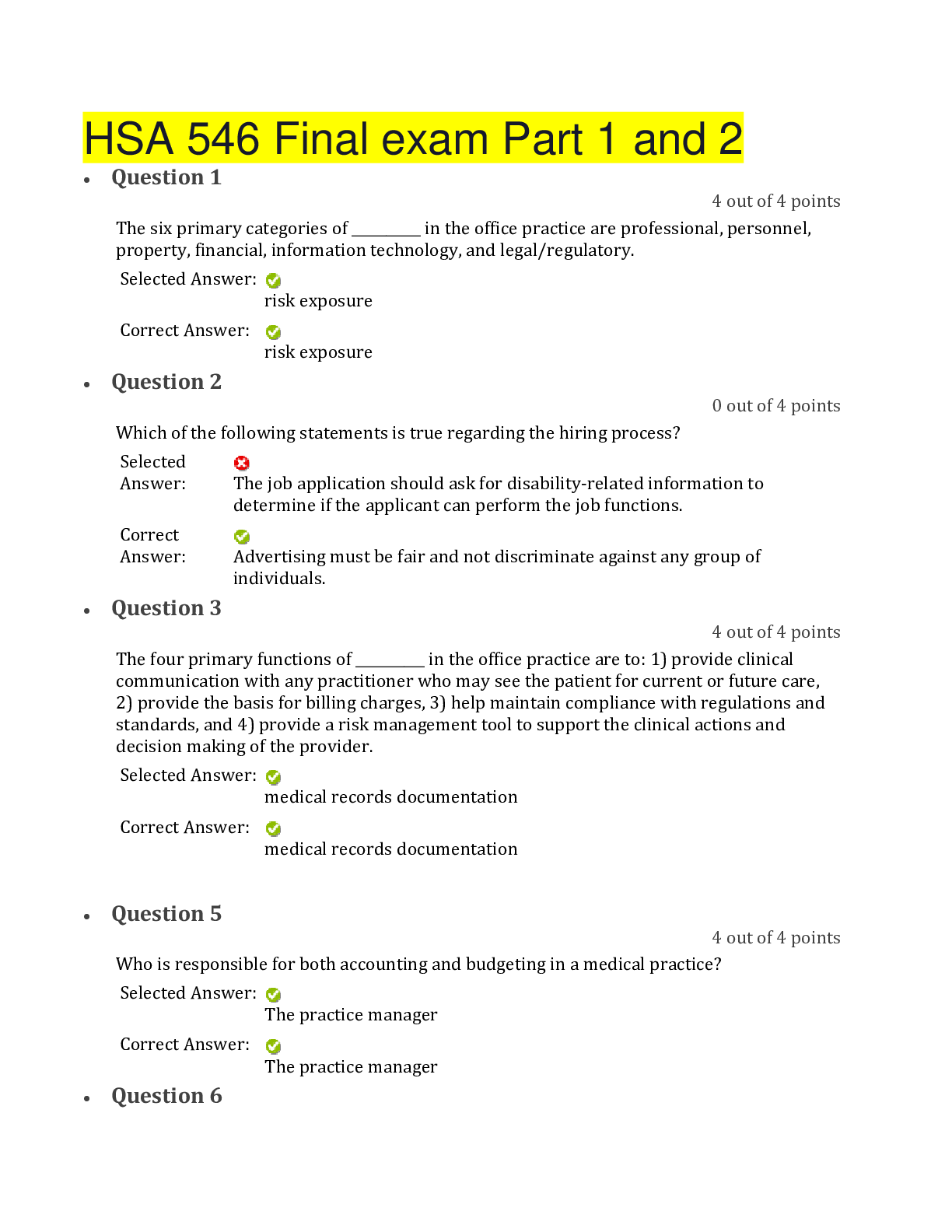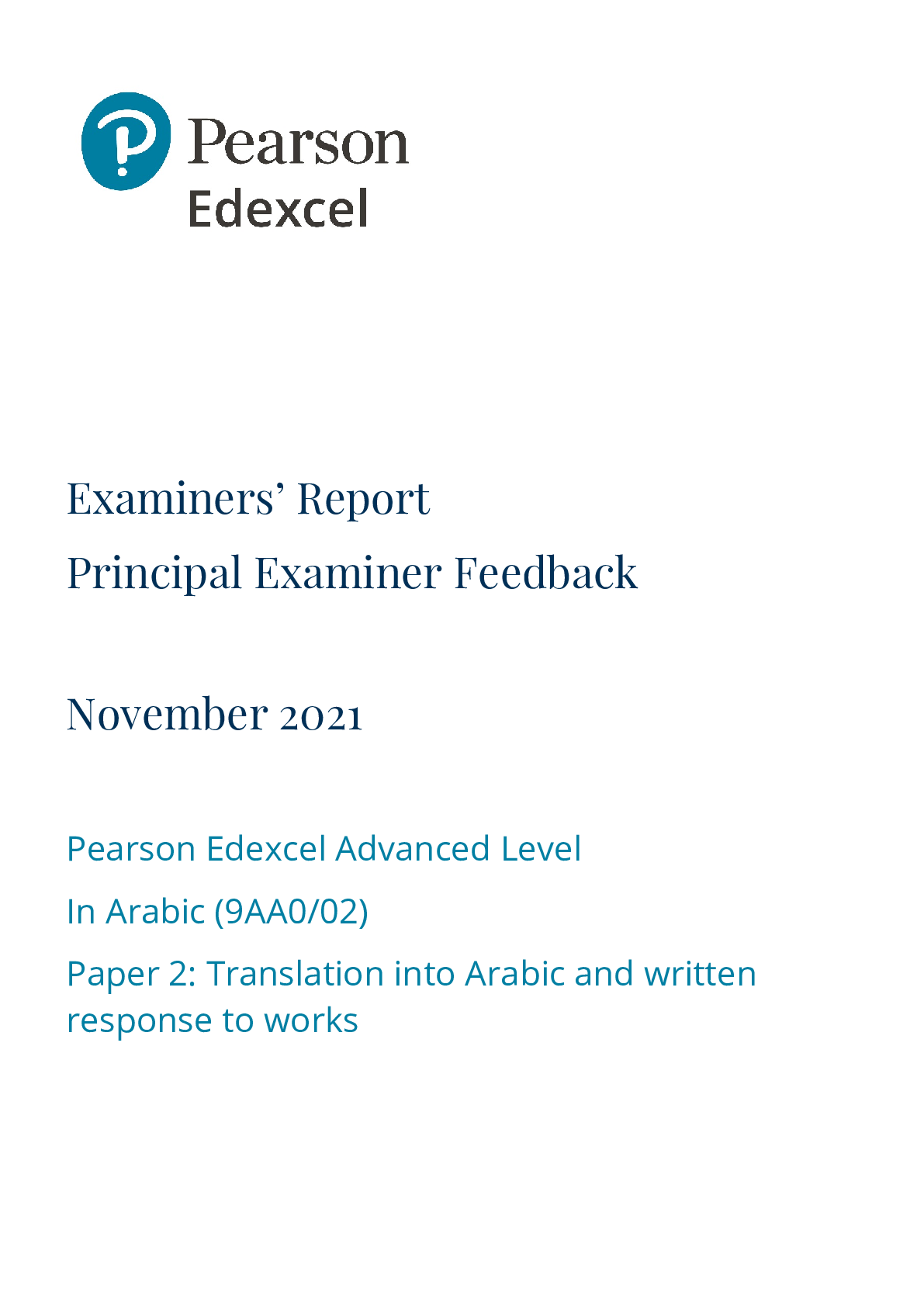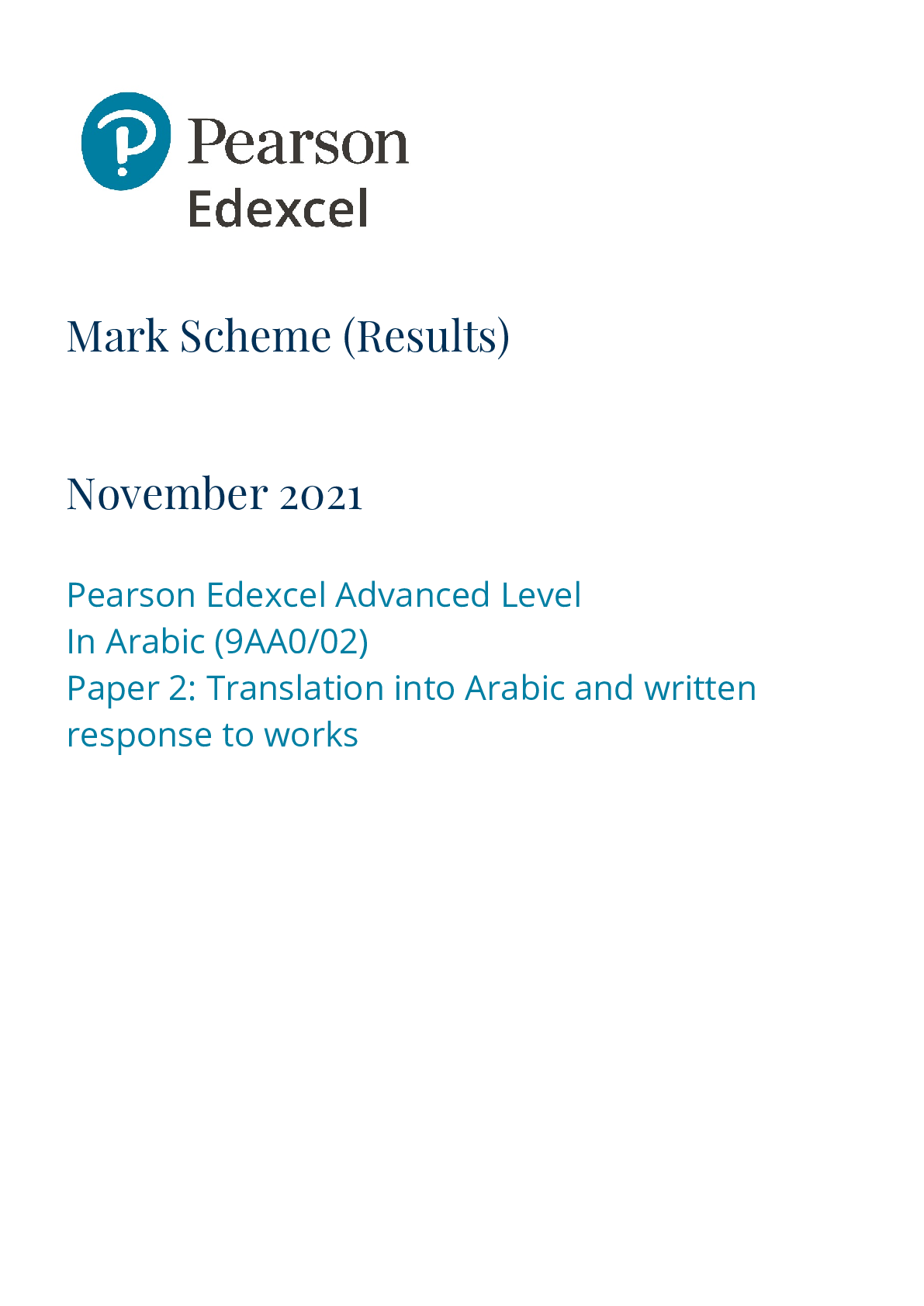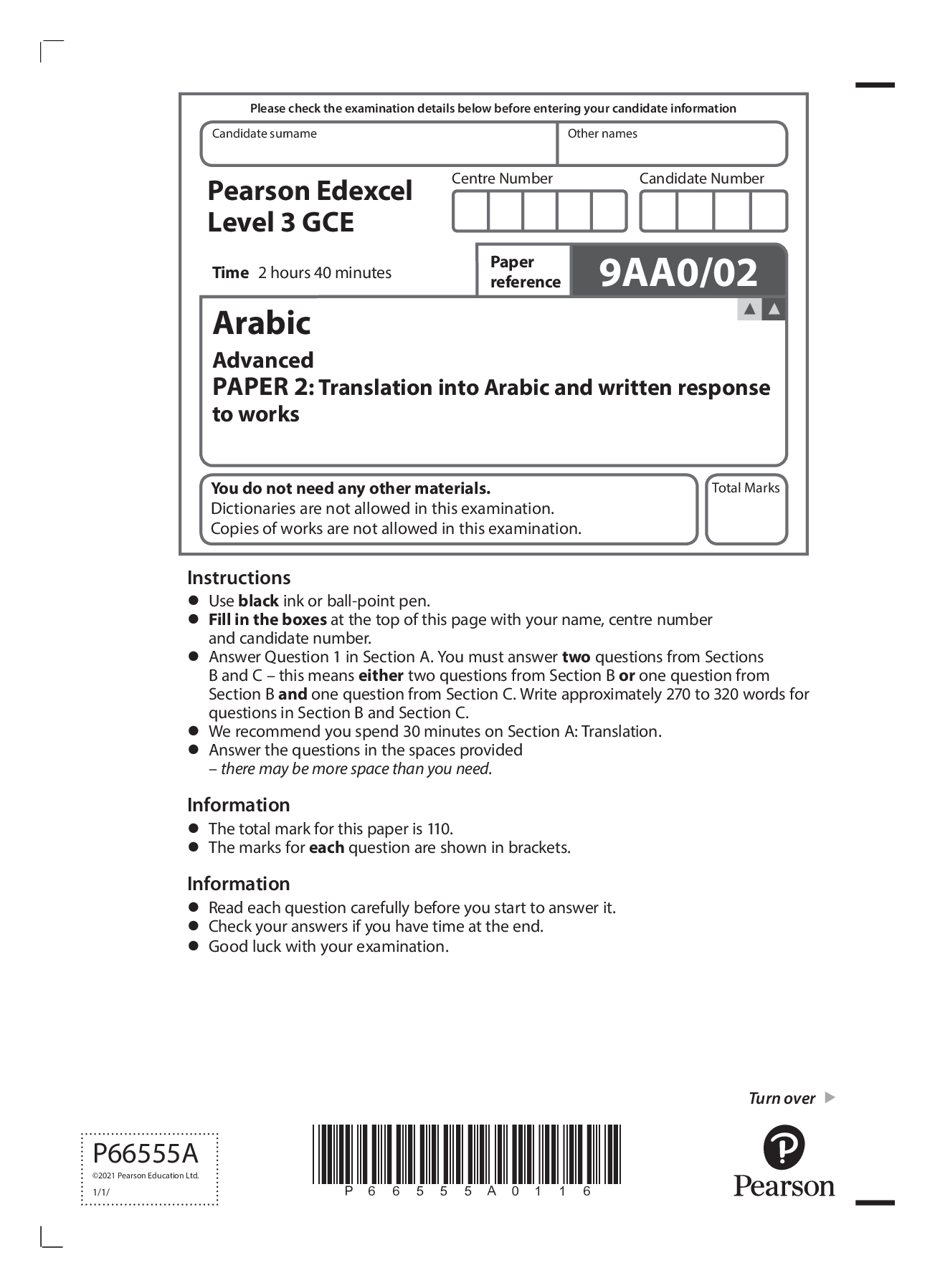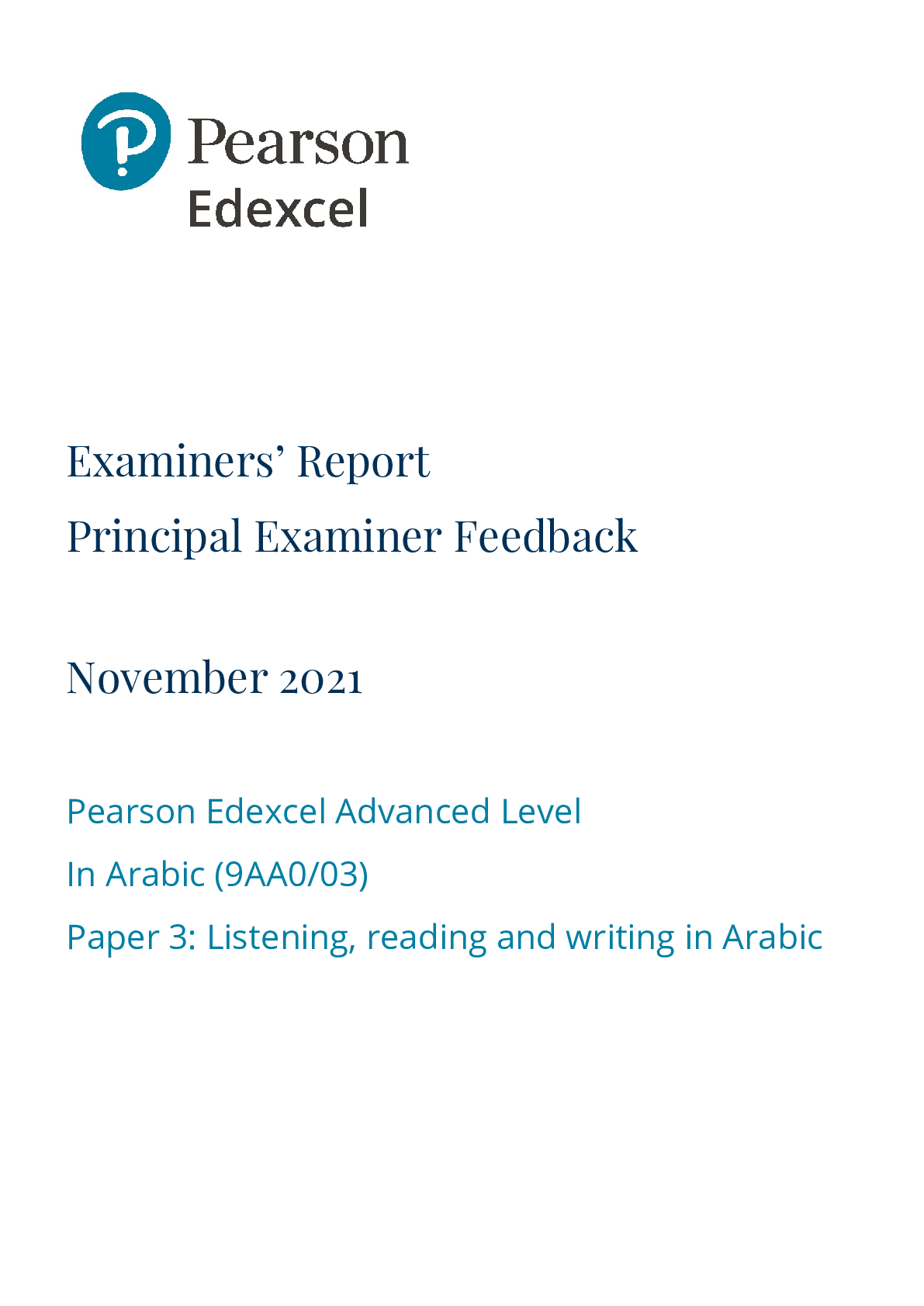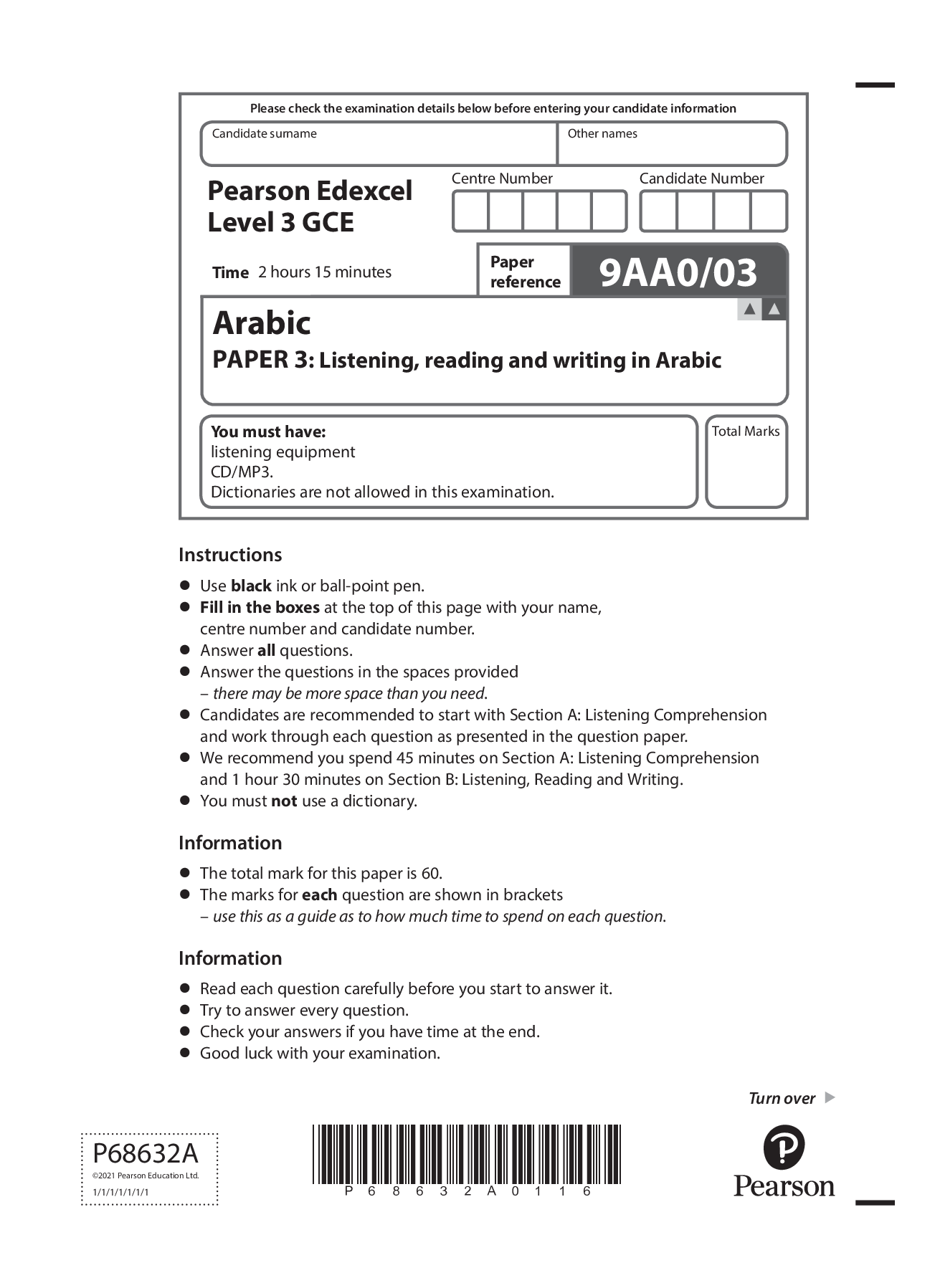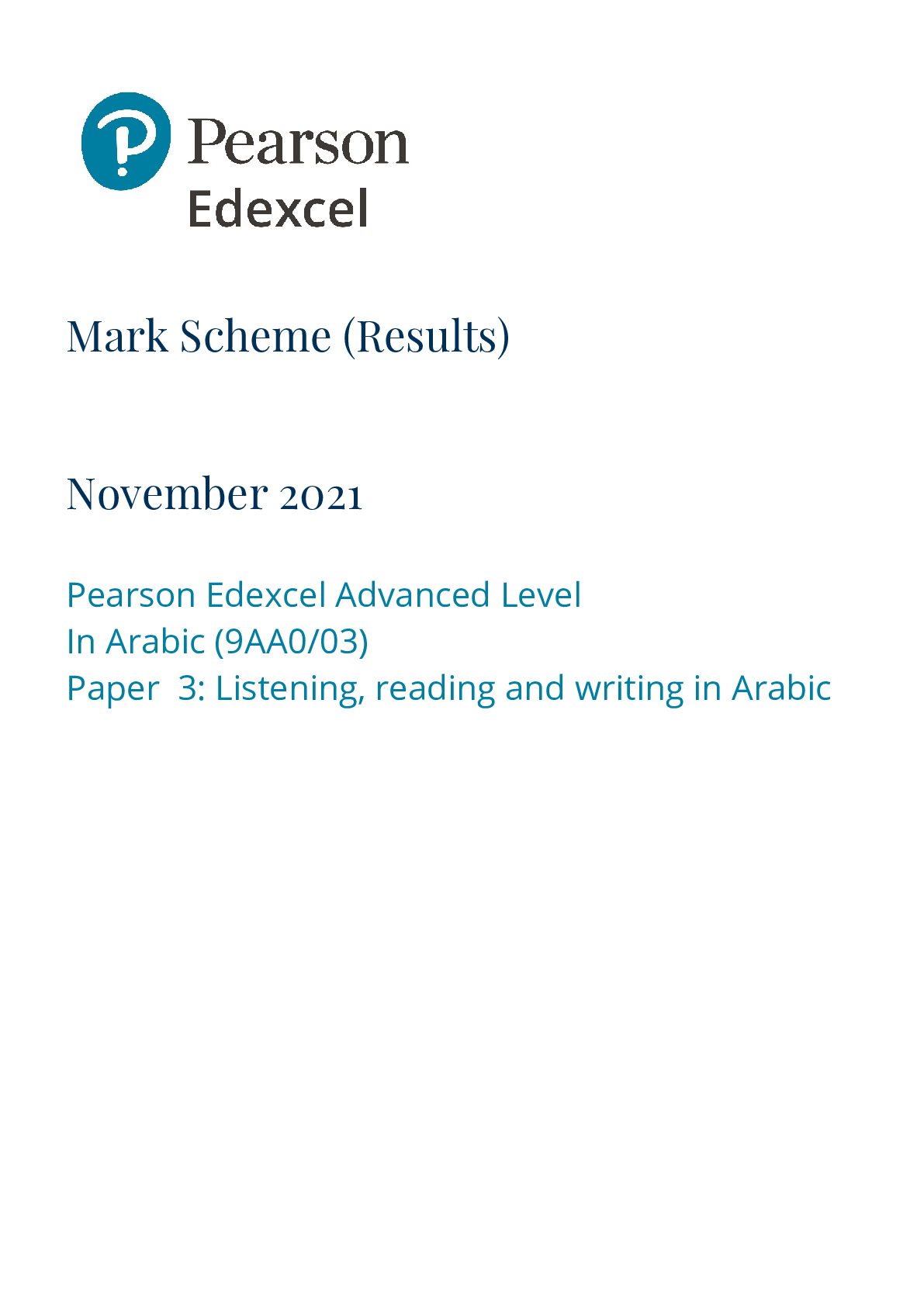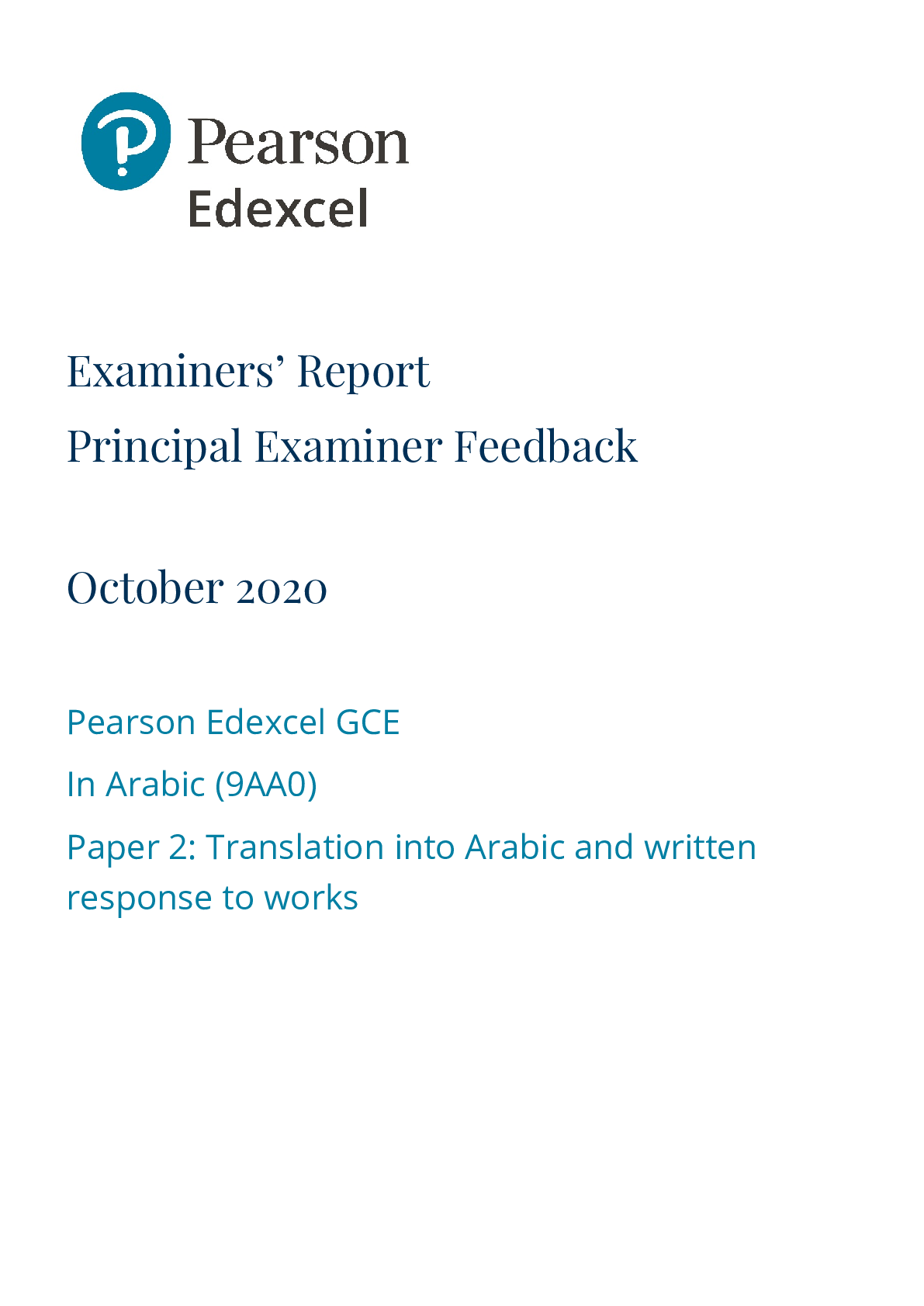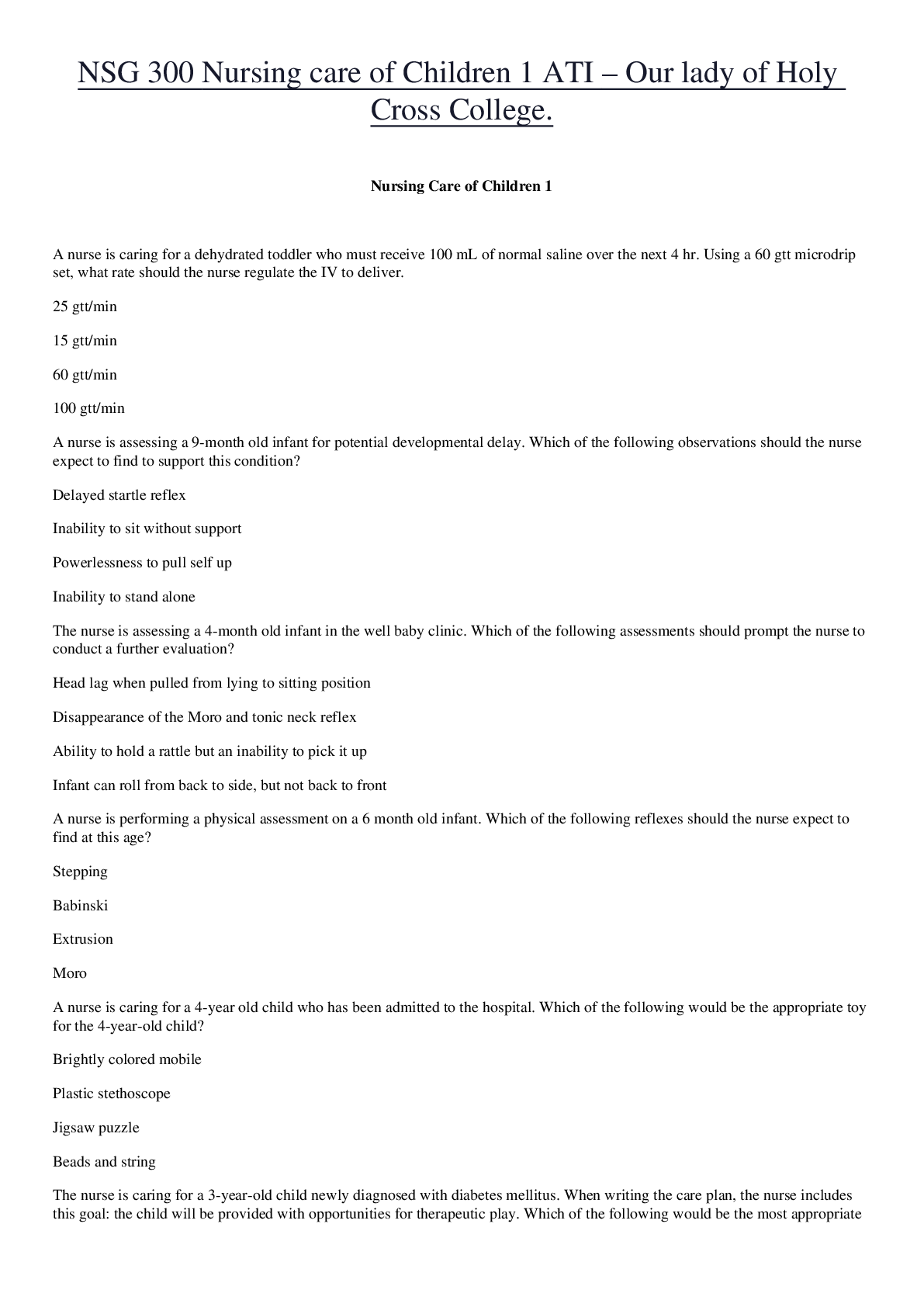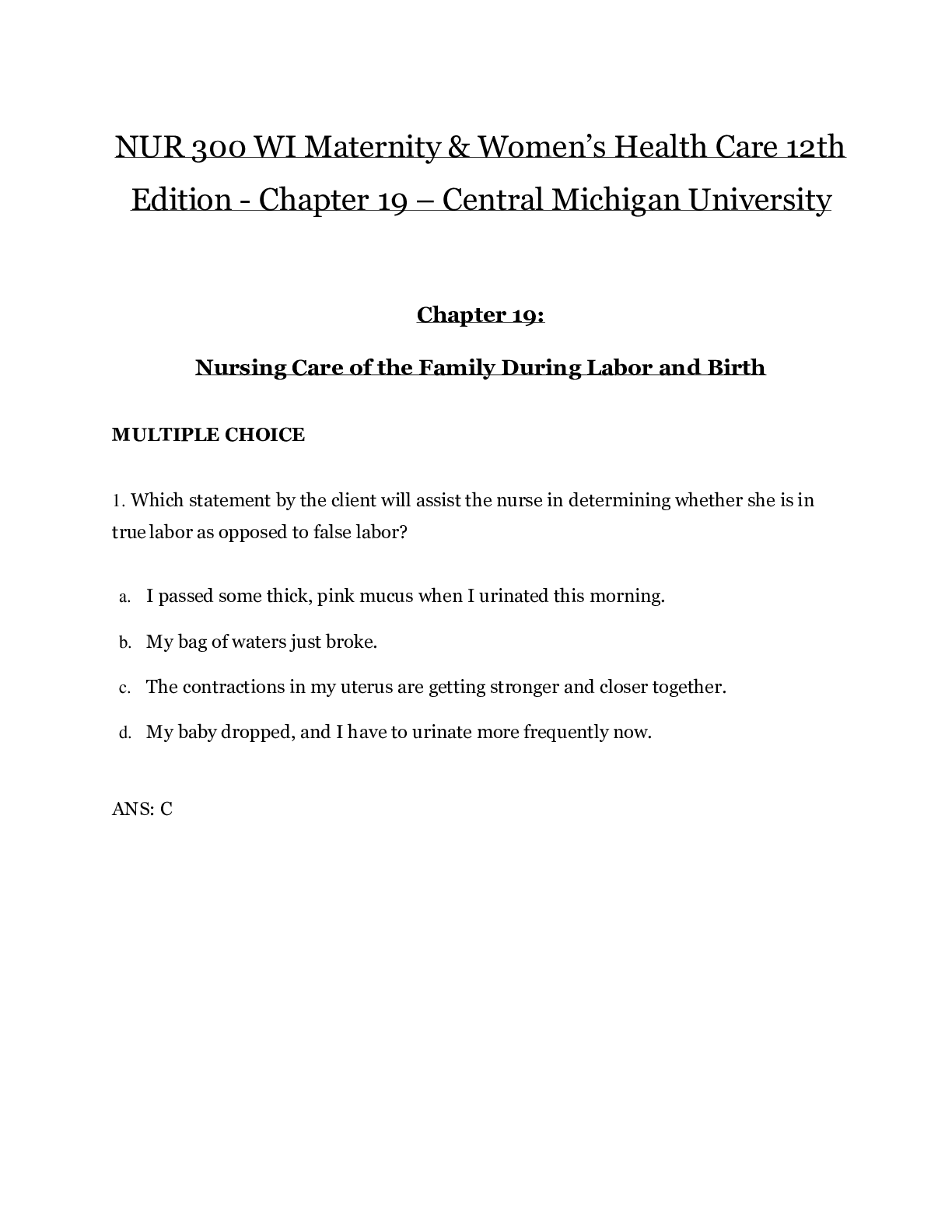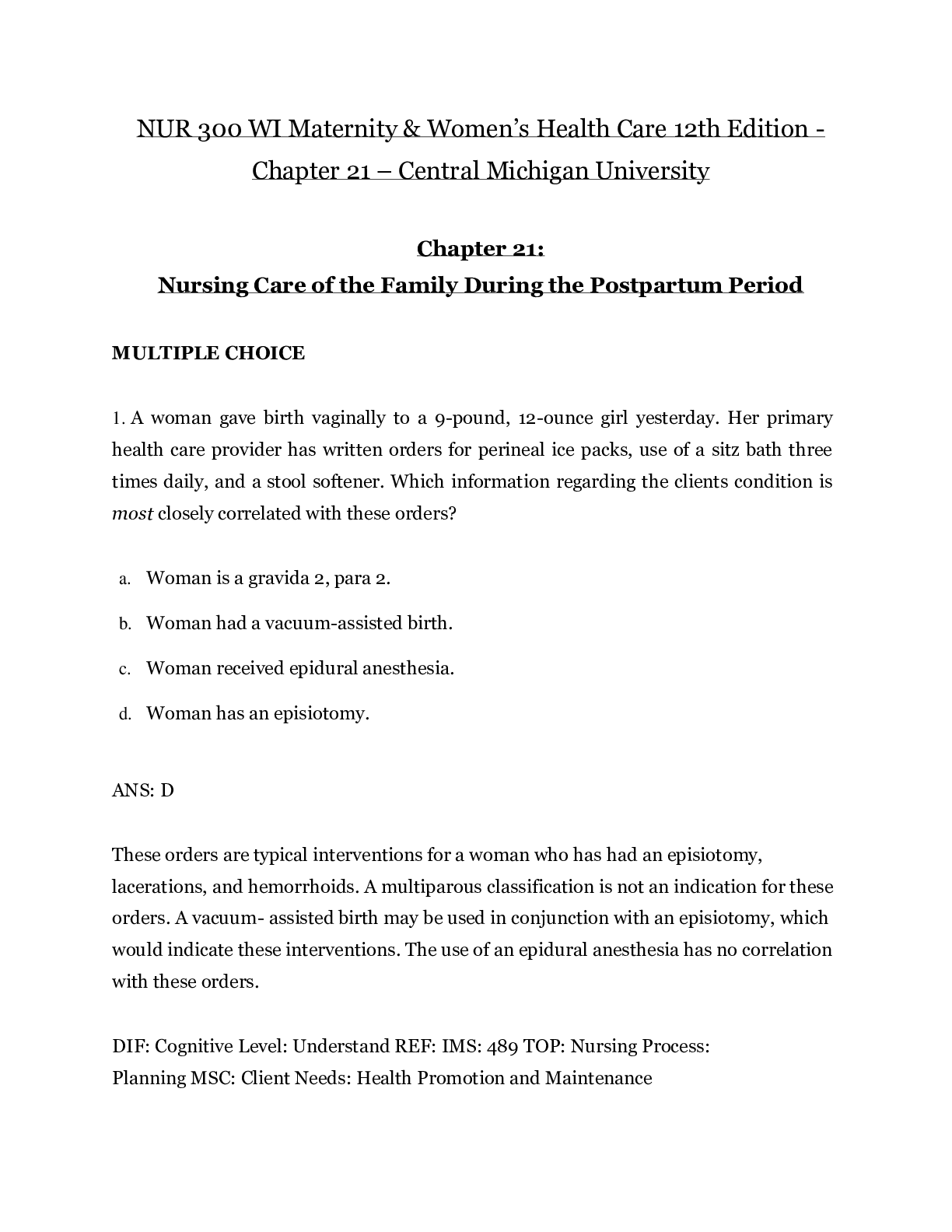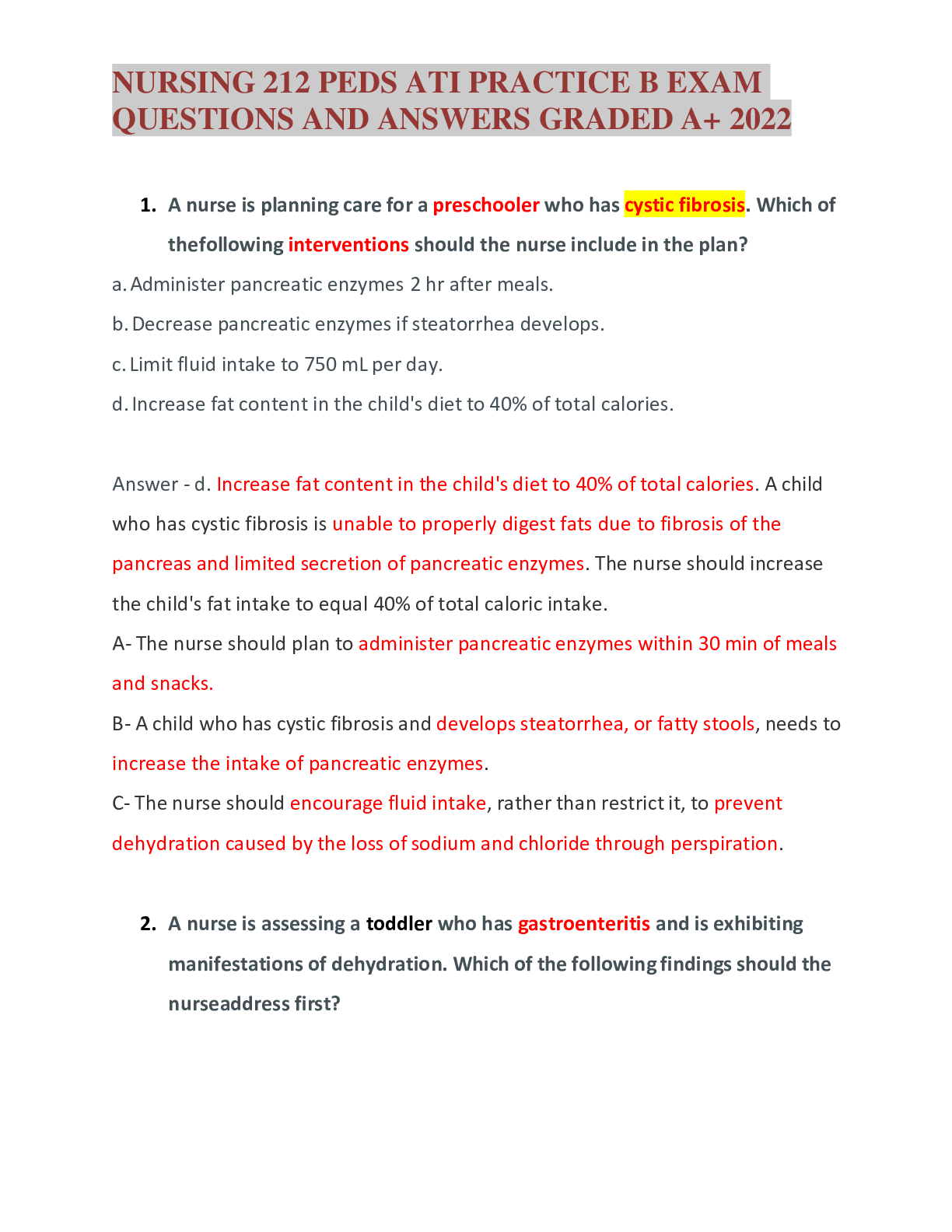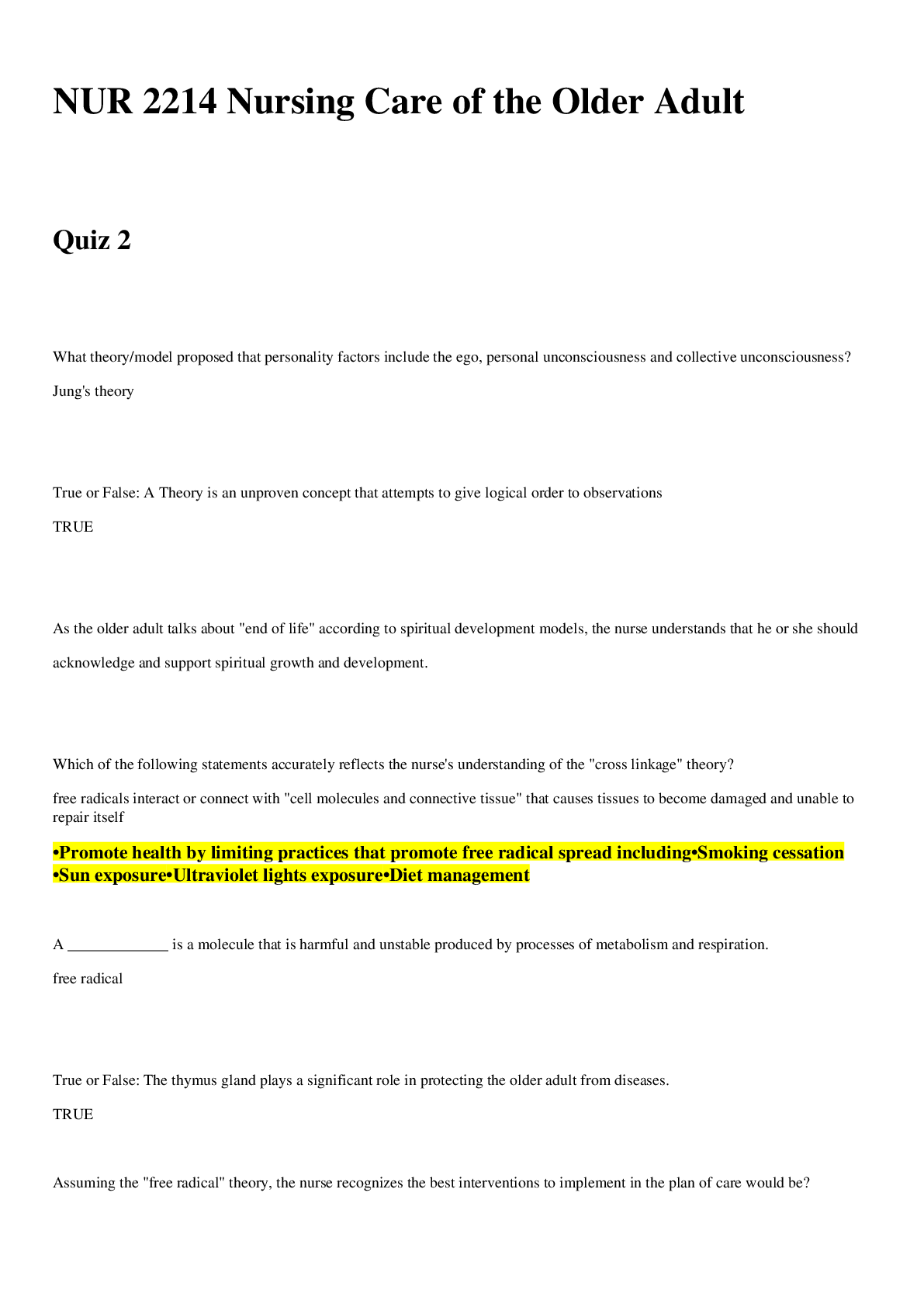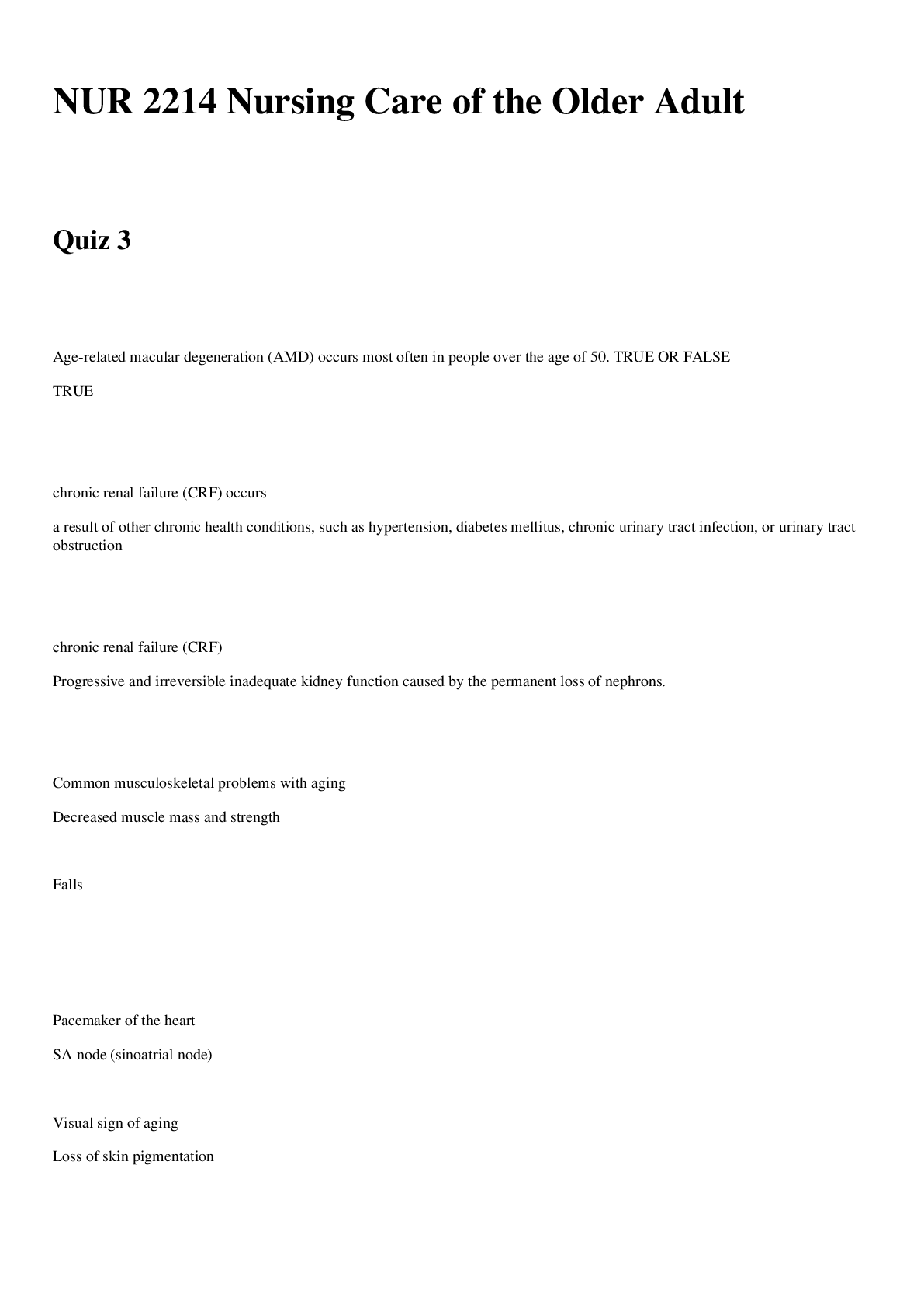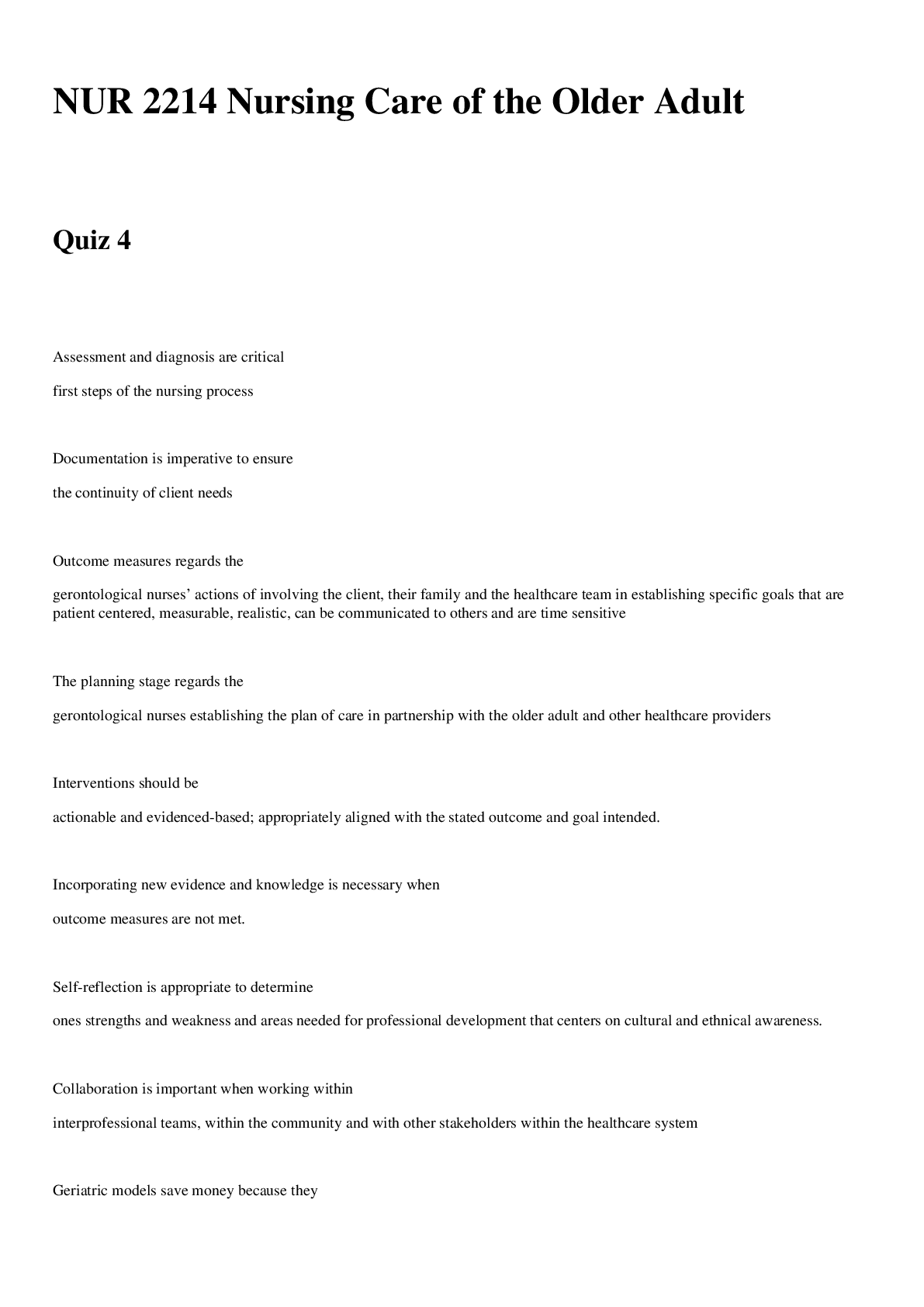*NURSING > EXAM > ATI RN Nursing Care of Children Online Practice 2016 B (Questions and Answers) (All)
ATI RN Nursing Care of Children Online Practice 2016 B (Questions and Answers)
Document Content and Description Below
ATI RN Nursing Care of Children Online Practice 2016 B (Questions and Answers) A nurse is assessing a 4-year-old child at a well-child visit. Which of the following developmental milestones should th... e nurse expect to observe? a. Identifies right from left hand b. Uses a utensil to spread butter c. Cuts a shape using scissors d. Draws a stick figure with seven body parts c. Cuts a shape using scissors A- Identifying the right from left hand is an expected developmental milestone of a 6-year-old child. B- Using a utensil to spread butter is an expected developmental milestone of a 6-year-old child. D- Drawing a stick figure with seven body parts is an expected developmental milestone of a 5-year-old child. A school nurse is preparing to administer atomoxetine 1.2 mg/kg/day PO to a school-age child who weighs 75lb. Available is atomexetine 40 mg/capsule. How many capsules should the nurse administer per day? 1 A nurse in the emergency department is assessing a toddler who has Kawasaki disease. Which of the following findings should the nurse expect? (select all that apply.) a. Increased temperature b. Gingival hyperplasia c. Xerophthalmia d. Bradycardia e. Cervical lymphadenopathy Answer- a,c,e Increased temperature is correct. Kawasaki disease is an acute illness associated with a fever lasting more than 4 days that is unresponsive to antipyretics or antibiotics. Gingival hyperplasia is incorrect. Children who have Kawasaki disease develop a strawberry tongue, cracked lips, and edema of the oral mucosa and pharynx. A child who is receiving phenytoin therapy can develop gingival hyperplasia. Xerophthalmia is correct. Ophthalmic manifestations of Kawasaki disease include reddening of the conjunctiva and dryness of the eyes, or xerophthalmia. Bradycardia is incorrect. Kawasaki disease is an infection that affects the vascular system, including the heart. The nurse should expect the child to be tachycardic with a gallop rhythm. Long term effects of Kawasaki disease include the development of coronary artery aneurysms or myocardial infarction. Cervical lymphadenopathy is correct. The child who has Kawasaki disease may develop enlarged cervical nodes on one side of the neck that are nontender and greater than 1.5 cm in size. A nurse is teaching a school-age child who has a new diagnosis of type 1 diabetes MELITIS. The nurse should identify which of the following statements by the child as understanding the teaching? a. I will puncture the pad of my finger when I am testing my blood glucose." b. "I will give myself a shot of regular insulin 30 minutes before I eat breakfast." c. "I will eat a snack of 5 grams of carbohydrates if my blood glucose is low." d. "I will decrease the amount of fluids I drink when I am sick." Answer- b. "I will give myself a shot of regular insulin 30 minutes before I eat breakfast." The child should administer regular insulin 30 min before meals so that the onset coincides with food intake. A- The child should avoid puncturing the pads of the fingers because they have fewer blood vessels and more nerve fibers. Instead, the child should puncture the skin to either side of the finger pad to promote blood flow and decrease pain. C- The child should eat a snack of 15 g of carbohydrates, such as 120 mL (4 oz) of fruit juice or 66 g (1/2 cup) of ice cream, to rapidly increase a mild hypoglycemic reaction. D- During acute illness the child is prone to hyperglycemia and ketonuria and is at risk for dehydration. Therefore, the child's fluid intake should increase rather than decrease. A school nurse is assessing an adolescent who has scoliosis. Which of the following findings should the nurse expect? a. Increase in anterior convexity of the lumbar spine b. Increased curvature of the thoracic spine c. Lateral flexion of the neck d. A unilateral rib hump Answer- d. A unilateral rib hump When assessing an adolescent for scoliosis, the school nurse should expect to see a unilateral rib hump with hip flexion. This results from a lateral S- or C-shaped curvature to the thoracic spine resulting in asymmetry of the ribs, shoulders, hips, or pelvis. Scoliosis can be the result of a neuromuscular or connective tissue disorder, or it can be congenital in nature. A- An increased anterior convexity of the lumbar spine is a manifestation of lordosis. An expected finding in toddlers, lordosis can indicate a complication of a disease process, such as flexion contractures, congenital dislocation of the hip, or obesity, when seen in older children. B- An increased curvature of the thoracic spine is a manifestation of kyphosis. Kyphosis can be a manifestation of a congenital condition or disease process such as rickets, or it can be posture-related. In posture-related kyphosis, the adolescent presents with rounded shoulders and a slouching posture. C- Lateral flexion of the neck is an indication of torticollis as a result of contracture of the sternocleidomastoid muscle. Torticollis can be congenital, the result of intrauterine fetal posturing or abnormality of the cervical spine, or it can be acquired, due to such factors as a traumatic lesion to the sternocleidomastoid muscle. ..........CONTINUED [Show More]
Last updated: 1 year ago
Preview 1 out of 31 pages
Instant download
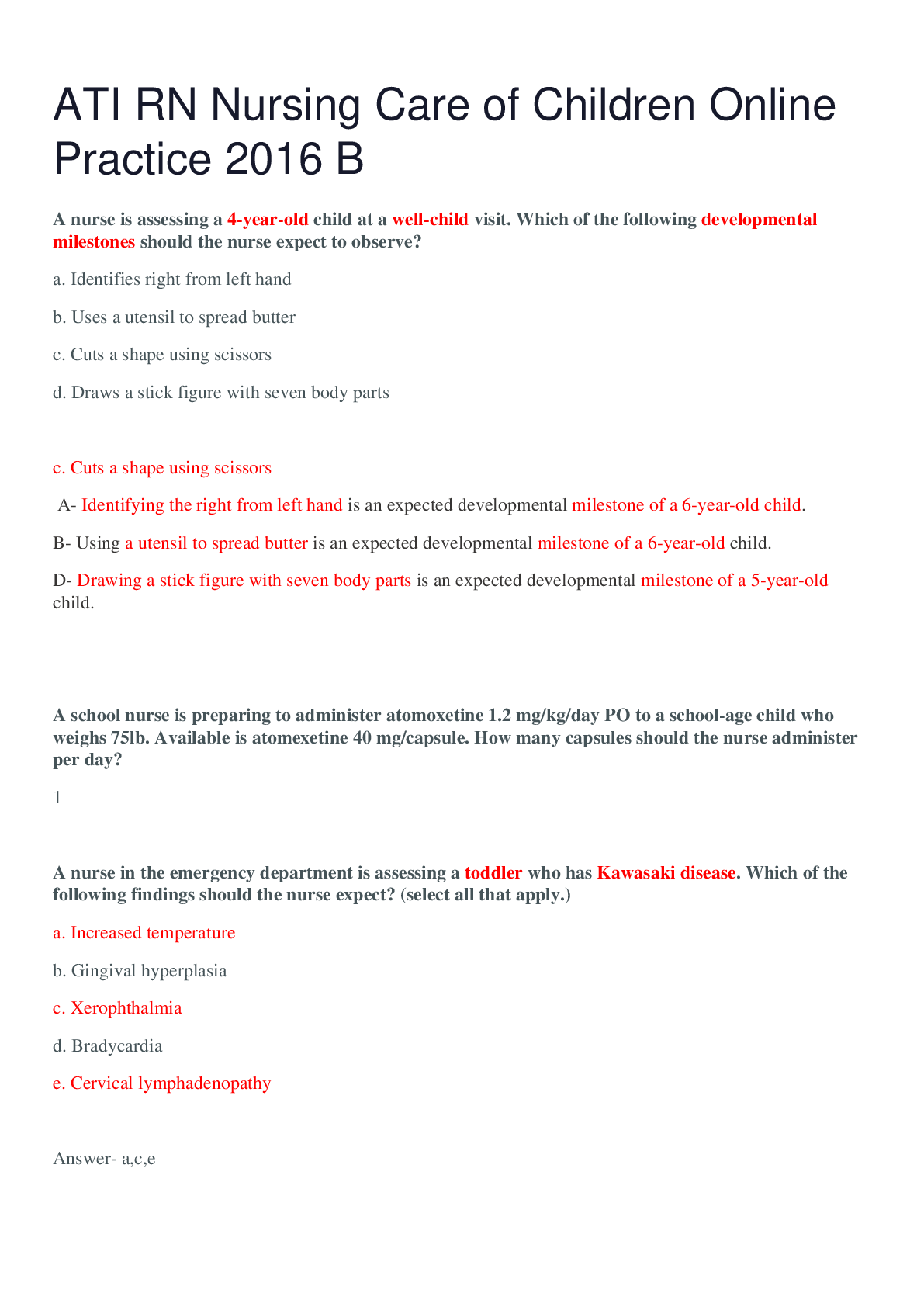
Buy this document to get the full access instantly
Instant Download Access after purchase
Add to cartInstant download
Reviews( 0 )
Document information
Connected school, study & course
About the document
Uploaded On
Jan 27, 2021
Number of pages
31
Written in
Additional information
This document has been written for:
Uploaded
Jan 27, 2021
Downloads
0
Views
127

